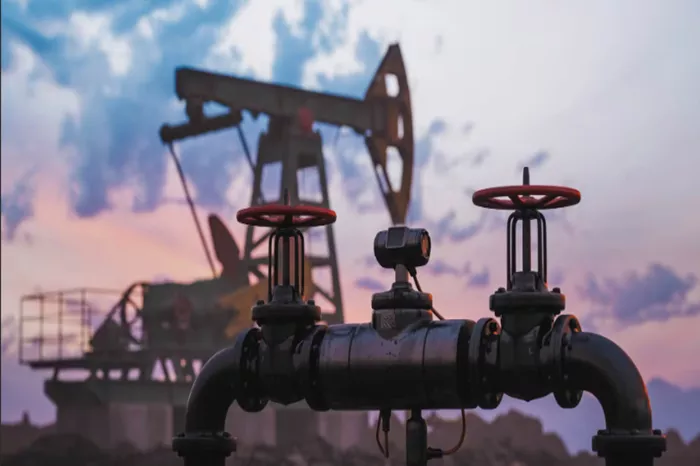The topic of peak oil has garnered significant attention recently, focusing primarily on the timing of peak demand—whether it will occur before 2030 or later. However, discussions also extend to supply and investment, particularly concerning the future of U.S. shale oil.
In a recent article, The Wall Street Journal explored the situation in an oil county in New Mexico, where some residents are bracing for a likely decline in investments and, consequently, oil revenue. Proponents of this impending downturn cite the ongoing energy transition away from hydrocarbons. They argue that this transition, which may accelerate or decelerate after the upcoming November elections, is inevitable and will ultimately spell trouble for oil and its associated wealth.
The U.S. oil and gas sector has witnessed a wave of consolidation as financially robust buyers, emboldened by soaring oil prices, seek to expand their presence in the shale market. The Permian Basin, which stretches across Texas and New Mexico, has become the focal point for these investors due to its vast yet untapped reserves.
As of September this year, the industry has sustained its momentum, closing $100 billion in deals, according to Rystad Energy. Additionally, another $46 billion worth of deals are in progress, indicating that 2024 could potentially match or surpass the record high of $155 billion set in 2023.
Despite concerns over a potential decline, activity within the shale patch remains vigorous. In fact, the demand for new deals is so high that operators and investors are now looking beyond the Permian, as the availability of land has significantly diminished.
Daniel Raimi, a fellow at the climate NGO Resources for the Future, compared the shale oil industry to the declining coal industry in Appalachia. He noted, “In Appalachia, the coal economy has been declining for decades, resulting in entrenched poverty and significant challenges.”
However, such comparisons may overlook key differences in the evolution of these energy sources. Coal was the first dominant fuel for industrialization, facing natural competition from oil and gas over time. In contrast, the current energy transition is being actively directed by government policy rather than evolving organically through market competition.
This governmental influence is critical to understanding the energy transition. Without consistent and expanding support—both legislative and material—the transition may falter. Meanwhile, robust oil demand continues to drive the construction of new pipelines in Texas and New Mexico, facilitating the movement of oil and gas to processing facilities and international markets.
Despite warnings from climate NGOs about the potential devastation of community wealth due to declining oil investments, oil demand persists, leading to increased investments in the sector. Although the pace of these investments and the supply growth may fluctuate, the trend remains upward unless electric vehicles become a mandatory standard.
Furthermore, investment in offshore oil and gas exploration is outpacing that in the shale sector, suggesting a strong demand outlook with no peak in sight. The notion of oil and gas supplies running out is not new; previous predictions of peak oil supply have often been declared prematurely.
Related topic:
Daily Update: Fuel Prices in Major Indian Cities

